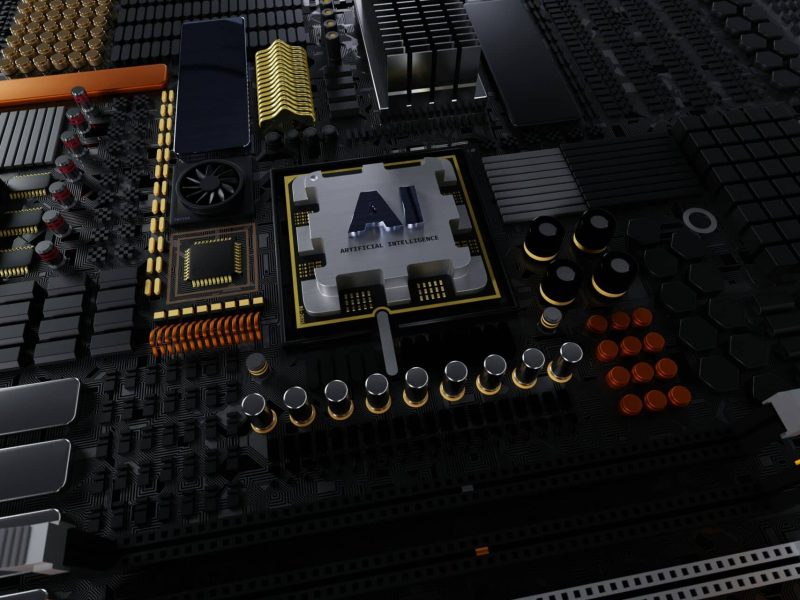Apple’s New AI Processor M4 – How It Will Change Everything
When Apple announced the M1 chip in 2020, the tech world gasped. When the M2 arrived, it applauded. But now, with the upcoming M4 AI chip, Apple isn’t just impressing — it’s planning a complete takeover of the tech ecosystem.
💡 What is the M4 Chip, Anyway?
The Apple M4 chip represents the next evolution of Apple’s relentless drive toward AI optimization. Built with a refined 3nm process, boasting nearly 50% more transistors than its predecessor, and equipped with a Neural Engine capable of **50 trillion operations per second**, it’s no longer just about speed — it’s about smart speed.
🚀 Key Features at a Glance
- 3nm+ Architecture: Smaller, more efficient, better thermal performance.
- Upgraded Neural Engine: Dedicated for real-time AI processing — on-device, offline.
- New GPU Architecture: 35% faster graphics with hardware-accelerated ray tracing.
- Power Management: 40% better efficiency = longer battery life even with heavy tasks.
- Enhanced Secure Enclave: Stronger privacy controls built right into the silicon.
🧠 Why Is AI at the Core?
Because AI isn’t optional anymore — it’s the future. From smarter Siri responses, to on-device live translation, to AI-enhanced photography, Apple is making sure your device isn’t just faster — it’s also thinking alongside you.
📱 Devices Powered by M4
- iPhone 17 Pro (and beyond)
- MacBook Air & MacBook Pro (2025 models)
- iPad Pro 2025
- Possibly even Apple Vision Pro 2 (AR/VR headset)
⚙️ How Will the M4 Change Tech Forever?
1. True Personal AI
Imagine Siri that not only understands your question but predicts your intent based on your habits. Personal AI assistants will become deeply ingrained, performing complex tasks without you needing to explain every detail.
2. Offline Supercomputing
AI processing happening on-device means better privacy. Your data doesn’t have to leave your iPhone to get analyzed — it’ll all happen inside the M4-powered chip securely.
3. Future-Proofed Laptops
The MacBook Pro 2025 could outperform current desktop rigs, making even professional-grade AI editing, 3D rendering, and coding feel lightweight.
🎯 Strategic Moves Behind Apple’s M4
By building its own AI chips, Apple further cuts dependence on Intel, Qualcomm, and even NVIDIA. It’s part of a larger strategy to own the entire user experience — hardware, software, and now, the “thinking” layer: AI.
🤖 Fun Use Cases for M4 AI
- Auto-generating photo albums based on facial recognition and event prediction
- Instant video summaries created on-device after a vacation
- Real-time smart language coaching for students
- Personalized health tracking based on AI interpretation of sensor data
📊 Benchmarks (Early Leaks)
| Task | M2 Score | M4 Score |
|---|---|---|
| AI Task Execution | 15,000 | 27,500 |
| Battery Efficiency | 100% | 142% |
| Graphics Processing | 12,800 | 20,100 |
🌍 Conclusion: The Future Is (Literally) in Your Hands
The Apple M4 isn’t just an upgrade. It’s a paradigm shift. In the next 5 years, when AI becomes as essential to your phone as the touchscreen is today, we’ll look back and realize: the M4 started it all.
If you think your smartphone is smart now… just wait until your iPhone finishes your sentences, books your trips, edits your photos, and maybe — just maybe — outsmarts you once in a while. 😉


